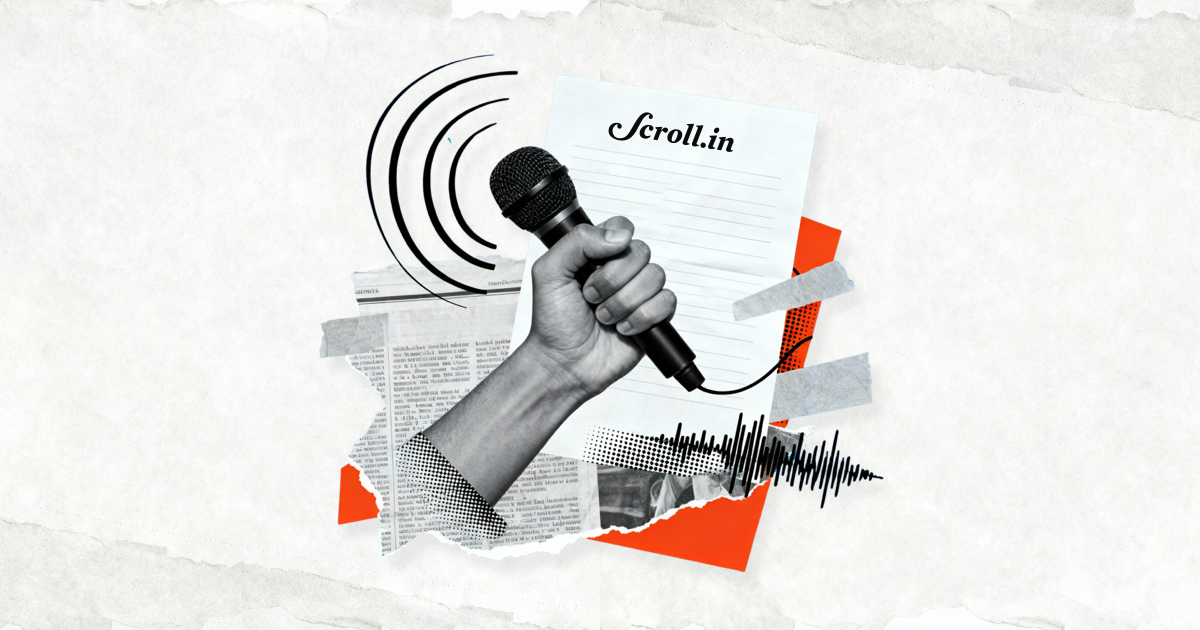
Welcome to The India Fix by Shoaib Daniyal, a newsletter on Indian politics. To get it in your inbox every Monday, sign up here (click on “follow”). Have feedback, interesting links or I’m-so-middle-class jokes? Send them to theindiafix@scroll.in.
One of the most significant decisions in the 2021 Union budget was to lift the limit on foreign direct investment in Indian insurance companies from 49% to 74%. This, for the first time, allowed foreign ownership of Indian insurance. “Industry cheers as Budget 2021 increases FDI limit in insurance to 74%,” read a headline in the Business Standard.
More than a year later, however, it is clear that any jubilation might have been a bit premature. On September 12, The Times of India published a sobering reality check: in spite of the Modi government dangling the juicy carrot of foreign ownership, there were few takers. Multinational insurance corporations were not much interested in the Indian market.
Corporate exodus
Even more alarming is the fact that this is not a one-off instance: for the past few years now, far from entering the Indian market, more and more foreign players are deciding to pack up and leave. Since 2014, in fact, nearly 3,000 foreign companies have shut their India operations, as per the Union government’s own data.
Major examples include American car makers Ford and General Motors, Japanese mobile phone operator Docomo, the world’s largest cement maker Holcim, French retail giant Carrefour as well as the retail banking arms of Citibank, Barclays and Royal Bank of Scotland.
As a result, between 2019 and 2021, the share of global FDI inflows to India dropped from 3.4% to 2.8% even as China shot up from 14.5% to 20.3%.
Missing engine
There can be no single factor for a trend so sweeping. However, the lack of demand within India is clearly a major one, making the carrot being dangled in front of multinational companies rather small and not worth the trouble of staying invested in the country. Which in turn brings us to one of the major conundrums of India’s development: the lack of a substantial middle class.
The middle class refers to a society’s demographic between the wealthy and working class. It is often defined by profession: people with white collar jobs and successful businesses are seen to be the middle class. They are also critical to a modern country’s development, given that they drive demand for goods and services and allow for a significant tax base.
The size of India’s middle class is a bit difficult to nail down since the term is not precisely defined. But any way you cut it, the number looks small. A 2015 study by the Pew Research Center found that India’s middle class – defined as those who earn between $10 and $20 a day – amounts only to 3% of the country in 2011. In comparison, 18% of China is middle class. Government data released in 2022 shows that a monthly salary of as little as Rs 25,000 places an Indian in the top 10% of the country.
This, in turn, means that the market for goods that define the middle class is tiny in India. Only 3% of Indians own five basic consumer goods: a motor vehicle, a television, a refrigerator, cooler/air conditioner and a computer.
Rubbing salt
Even more troublingly, things are getting worse. As the World Inequality Report pointed out, liberalisation since the 1990s has helped the rich get richer but has not benefited the Indian middle class. “While the top 1% has largely benefited from economic reforms, growth among low and middle income groups has been relatively slow and poverty persists,” the report writes, going on to observe that even this small middle class is “relatively poor”.
Even worse was India’s ham-handed response to the Covid-19 pandemic. The unplanned, harsh lockdowns saw, by one estimate, the Indian middle class shrink by a third of its pre-pandemic level. In absolute numbers, it meant an exit of 32 million Indians from the middle class.
In theory, a middle class drives taxation for a modern economy. But in India, this class is so small, the government seems to have given up on that road and does not even attempt to raise enough monies by way of an income tax. Instead, the focus seems to be on indirect taxes such as the goods and services tax, a regressive tax paid equally by every Indian, be they a landless labourer or Gautam Adani – or by borrowing.
Broken politics
Unusually, India’s small middle class and, in fact, its further shrinkage has caused little political heat. This means that parties face little pressure to stop or reverse this decline. This has largely to do with India’s sharp turn towards the politics of Hindutva identity, which strongly influences a large section of middle class voters to cast their ballots on emotional issues. The politics of bread-and-butter is now largely confined to India’s poor, who are a vibrant political market for subsidised goods, services and sometimes outright cash being offered by parties across the spectrum, be it the Bharatiya Janata Party, Trinamool Congress or the Aam Aadmi Party.
The lack of a substantial Indian middle class and its lack of growth is bad news, of course, for members of the class themselves. But, more troublingly, it is also bad news for India itself. Economic development in the modern, industrial age has been driven in every country by the middle class.
As economists Abhijit Banerjee and Esther Duflo identified in a 2008 paper, three factors are generally said to mark out the special economic role of the middle class: they produce entrepreneurs, focus on accumulating human capital and savings and finally, create demand for consumers goods, creating a virtuous cycle that makes everyone in that economy richer.
Without a substantial middle class to push these goals, India’s attempts to catch up with China would be immensely difficult, if not impossible.





















Write a comment ...